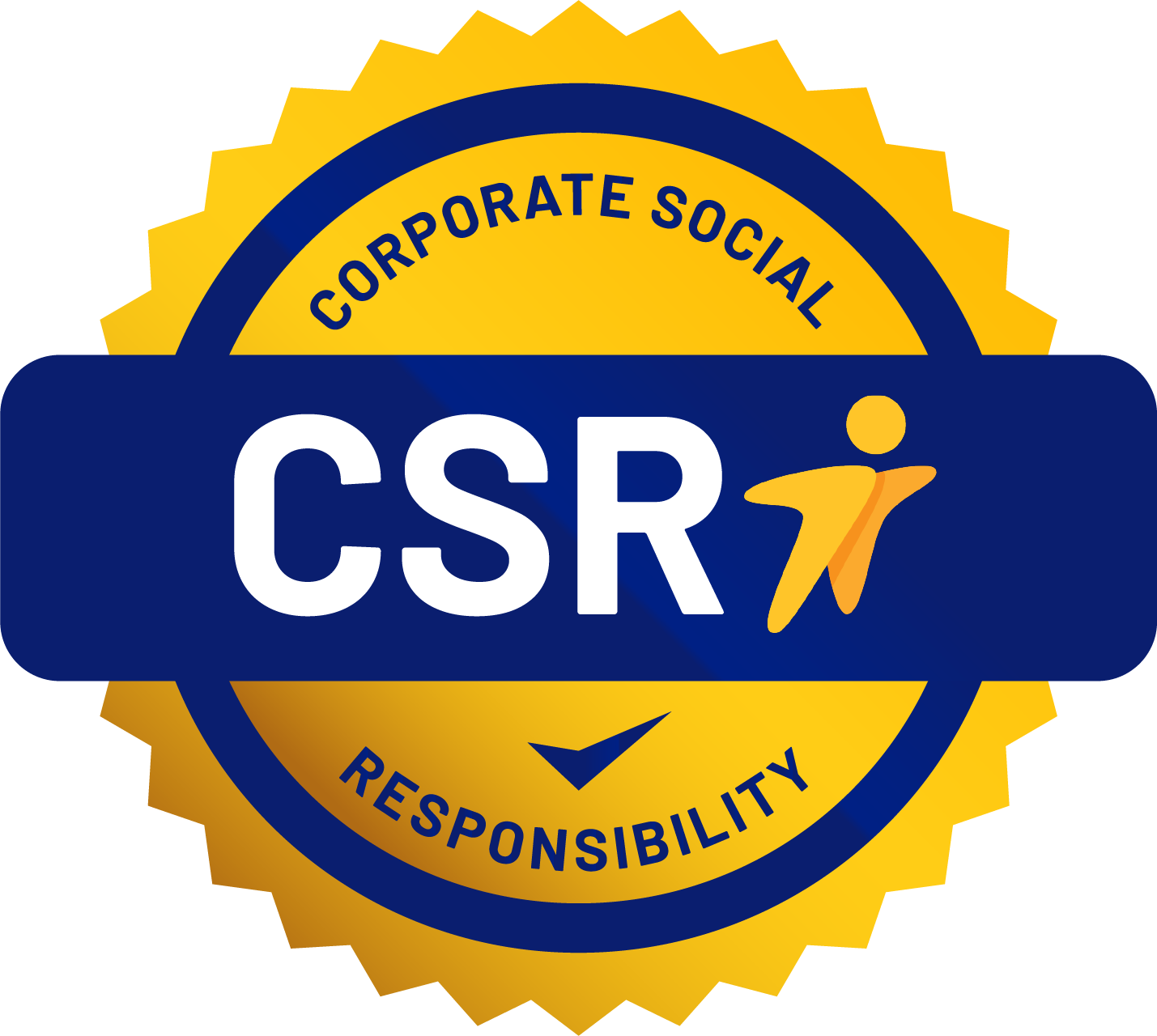Is It Legal for Canadian Employers to Provide Negative References in 2025?
Maria McParland • July 8, 2025
Can your HR team get sued if they give a blunt answer about a past hire in Ontario? It’s a fair question.
Background checks and reference calls are critical for safe hiring, but the wrong comment could land your company in court.
This article explains what’s legal in 2025, where the risks lie, and how employers can protect themselves when sharing or requesting references.
5 Key Takeaways:
- Negative References Are Legal—If Fact-Based: Ontario employers can give negative references in 2025, but only if the information is truthful, documented, and not motivated by retaliation or malice.
- Defamation and Reprisal Are Real Risks: Employers can be sued if references are false, malicious, or given as punishment for exercising legal rights. Truth and good faith are strong defenses, but malice or unsupported statements remove protection.
- Stick to Documented Facts, Not Opinions: Safe references rely on verifiable facts from HR files (like attendance records or written warnings), not personal opinions or speculation. If it’s not documented, don’t mention it.
- Centralize and Standardize the Reference Process: HR should handle all reference checks, train managers on legal boundaries, get written consent, and use neutral, professional language to minimize legal exposure.
- Combine References with Background Checks for Safer Hiring: Using structured background checks (criminal, education, employment, credit, and social media) alongside fact-based references creates a safer, more compliant hiring process. Digital tools like eScreener help automate and document this workflow.

Why References Matter in Hiring
Even with advanced background checks in Canada, references remain the most human part of screening. They reveal performance patterns that you won’t typically find on a resume or police check.
Here’s why employers often rely on references:
- Confirm job titles and dates of employment
- Understand how someone contributed (or struggled) in their role
- Avoid negligent hiring lawsuits if problems could have been predicted
Legal Ground Rules in Ontario, 2025
What matters in Canadian law regarding negative references is truth, consent, and intent. Here’s the legal landscape every HR department should know.
Ontario Employment Standards Act (ESA): No Reprisals Allowed
The ESA doesn’t outlaw negative job references. But it does prohibit reprisals, meaning you can’t punish a former employee simply because they exercised a right under the ESA. That could include giving a damaging reference out of spite or retaliation.
Ontario courts and tribunals take reprisals seriously. If a former employee alleges retaliation, not just through termination or demotion but even through a poor reference, they can order you to
reinstate them and compensate for lost wages.
Bottom line is — You’re free to give bad references, but if you're giving them to retaliate, it's a legal no-go.
Defamation Risk
If what you say is false or driven by malice, you could get sued for defamation. But the law provides strong defences when you act in good faith.
Truth (Justification)
Truth is an absolute defence in Canadian defamation law. If you can prove your statements are factual, you’re safe.
Ontario courts have backed this up. In
Papp v. Stokes, an employer’s negative remarks about an ex-employee’s teamwork and attitude were allowed because they were truthful and therefore justified.
Qualified Privilege
This defence allows an employer to give an honest reference in good faith, even if it might damage the employee’s reputation, as long as malice isn’t involved. It recognizes that there’s social value in candid references.
For instance, in
Kanak v. Riggin, the court recognized that providing balanced, evidence-based views (even if negative) is privileged as long as the reference giver honestly believed in what they were saying, and there is no ill intent.
The Supreme Court also confirms that qualified privilege applies when you're acting out of legal or moral duty and without malice.
When Privilege Falls Apart
Protection evaporates if malice, recklessness, or poorly supported statements creep in. So if the reference is based on hearsay, personal bias, or regret rather than documented fact, you’re on shaky ground.
How to Give Negative References Without Breaking the Law
References don’t have to be glowing to be legal. Employers can share negative information, but the key is: to emphasize “fact over opinion”. When you stick to evidence and proper documentation, you protect your company from defamation claims while still giving future employers an accurate picture.
Keep It Fact-Based
Canadian courts have made it clear: opinions like “they were lazy” or “nobody liked working with them” are risky, while facts like “they received three written warnings for lateness in 2024” are defensible.
Practical examples of fact-based comments:
- “The employee missed 14 days of work without medical documentation in six months.”
- “The employee was placed on a performance improvement plan (PIP) for missed deadlines in Q1 of 2024.”
- “The employee was terminated following a breach of company policy, documented in HR files.”
These statements are verifiable, not personal judgments, and that distinction matters.
Avoid Speculation or Personal Attacks
Speculation and personality-based digs can land employers in hot water. Saying “I don’t think they’ll fit into your culture” or “They had a bad attitude” isn’t helpful and could be defamatory if it harms their reputation without proof.
Stick to what’s written down and observed. If it’s not in a file or supported by performance evaluations, leave it out.
Document Concerns Early
Even accurate statements can look like guesswork without documentation. In the Papp v. Stokes case, the employer successfully defended negative comments because they were based on documented issues, not vague recollections.
Best practices for documenting issues:
- Record performance discussions in writing and share with the employee at the time
- Keep attendance records and PIP notes in the employee’s HR file
- Ensure disciplinary actions are consistent and follow company policy
When In Doubt, Go Neutral
If your records don’t back up a negative impression, the safest option is to stick to a “qualified reference”, confirming only job title, dates of employment, and eligibility for rehire. Many HR departments in Ontario follow this model to reduce liability.
Lessons from Case Law
Court rulings show how easily reference checks can slip into legal danger. Even when an employer believes they’re being helpful, a single poorly worded comment can trigger a lawsuit.
Case studies to note:
- Papp v. Stokes: An employer gave an honest but negative reference, and the candidate sued for defamation. The lesson here is that truth doesn’t always protect you from litigation; it just improves your odds of winning.
- Korach v. Moore: The courts ruled that malice cancels any legal protection an employer might have. If employer feedback is motivated by bias or hostility, even documented issues won’t save them.
- Court of Appeal for Ontario: Employers who shared documented, factual information stayed protected. This case shows the value of keeping records and avoiding personal opinion.
Together, these cases reinforce one rule: negative references are legal in Canada, but only if they’re fact-based, well-documented, and delivered in good faith.
Example HR Reference Response Template
Candidate Name: ___________________________
Position Held: _____________________________
Employment Dates: From ___________ to ___________
Reference Provided By: ______________________
Date of Reference: __________________________
Verification Questions (Fact-based only)
Job Title(s): __________________________________________
Employment Dates: ____________________________________
Employment Status (Full-time / Part-time / Contract): ______
Eligibility for Rehire: ☐ Yes ☐ No ☐ Company Policy Prohibits Disclosure
Performance-Related Questions (Documented Facts Only)
Did the employee meet performance expectations?
☐ Consistently met
☐ Sometimes met
☐ Did not meet (documented in performance file)
Attendance Record (as documented):
Documented Disciplinary Actions (if any):
Strengths Observed:
Areas of Concern (must be fact-based, e.g., “missed deadlines,” not “bad attitude”):
Closing Statement
“This reference is based solely on documented records and my professional observations during the individual’s employment. No information has been provided beyond what is factual and verifiable in their HR file.”
Signature: __________________________
Title: ______________________________
Date: ______________________________
Where Background Checks Fit In
References aren’t the only way to confirm a candidate’s history. Many employers in Canada rely on structured background checks to make hiring decisions safer and more consistent. These checks reduce risk and provide information that references alone can’t cover.
Common types of pre-employment checks include:
Criminal Record Checks
These tell you if a candidate has a criminal history. Criminal record checks are often necessary for roles in finance, healthcare, education, and any position that involves working with vulnerable people.
Education and Employment Verification
Education verification confirms that candidates hold the degrees or credentials they claim, and employment verification verifies past employee job titles and dates of employment. It prevents resume inflation from slipping through.
Credit Checks
Employers typically use credit checkssparingly, usually in industries where financial responsibility is critical, like banking or securities. Handle them carefully to stay compliant with privacy laws.
Reference Checks
Traditional reference checks are still part of the process, but they’re stronger when supported by documented background checks.
Social Media or Digital Screening
Employers may look at social media profiles to assess professionalism or potential reputational risks. Only consider public content — private or personal information is off-limits.
The Employer Playbook for Safer References
Employers can avoid legal headaches by establishing a structured process for handling references. Leaving it to individual managers increases the risk of inconsistent or risky responses.
Best practices for HR teams:
- Train managers on what they can and can’t disclose during reference calls
- Centralize reference checks through HR, so frontline supervisors don’t make legal calls on their own
- Get written consent from candidates before contacting references to stay compliant with Personal Information Protection and Electronic Documents Act (PIPEDA) privacy rules
- Keep language neutral and professional, sticking to documented facts rather than personal impressions
Simplify the Hiring Process with eScreener by Hire Performance
Hire Performance’s eScreener platform streamlines compliance with privacy laws and case law by centralizing reference and background checks.
eScreener advantages:
- Streamlines criminal, education, credit, and employment verifications
- Automates reference collection with candidate consent already built in
- Provides a single privacy-compliant system that’s fast, consistent, and secure
Closing the Loop on Safe, Legal Employer References
Yes, Canadian employers in 2025 can give negative references, but only when they’re truthful, fact-based, and supported by documentation.
The safest approach combines references with structured pre-employment background checks, clear policies, and tools that keep everything compliant. With platforms like Hire Performance’s eScreener, your HR department can focus on hiring the right people instead of worrying about legal missteps.

Industry Leading Technology for Background Checks & Screening
eScreener uses Kount Identity Verification™ technology to verify identity with confidence. This technology cross checks applicant information against Equifax and 3rd party data sources to validate an identity and to determine whether that identity has been reported as misused or associated with potential fraudulent activity. This is done in real time by accessing millions of records, providing instant results in our eScreener.
WHY CHOOSE HIRE PERFORMANCE?
Pre-Employment Screening Benefits
Our industry leading expertise and cutting edge technology help organizations detect potential risks such as resume fraud, criminal convictions, and past terminations.










